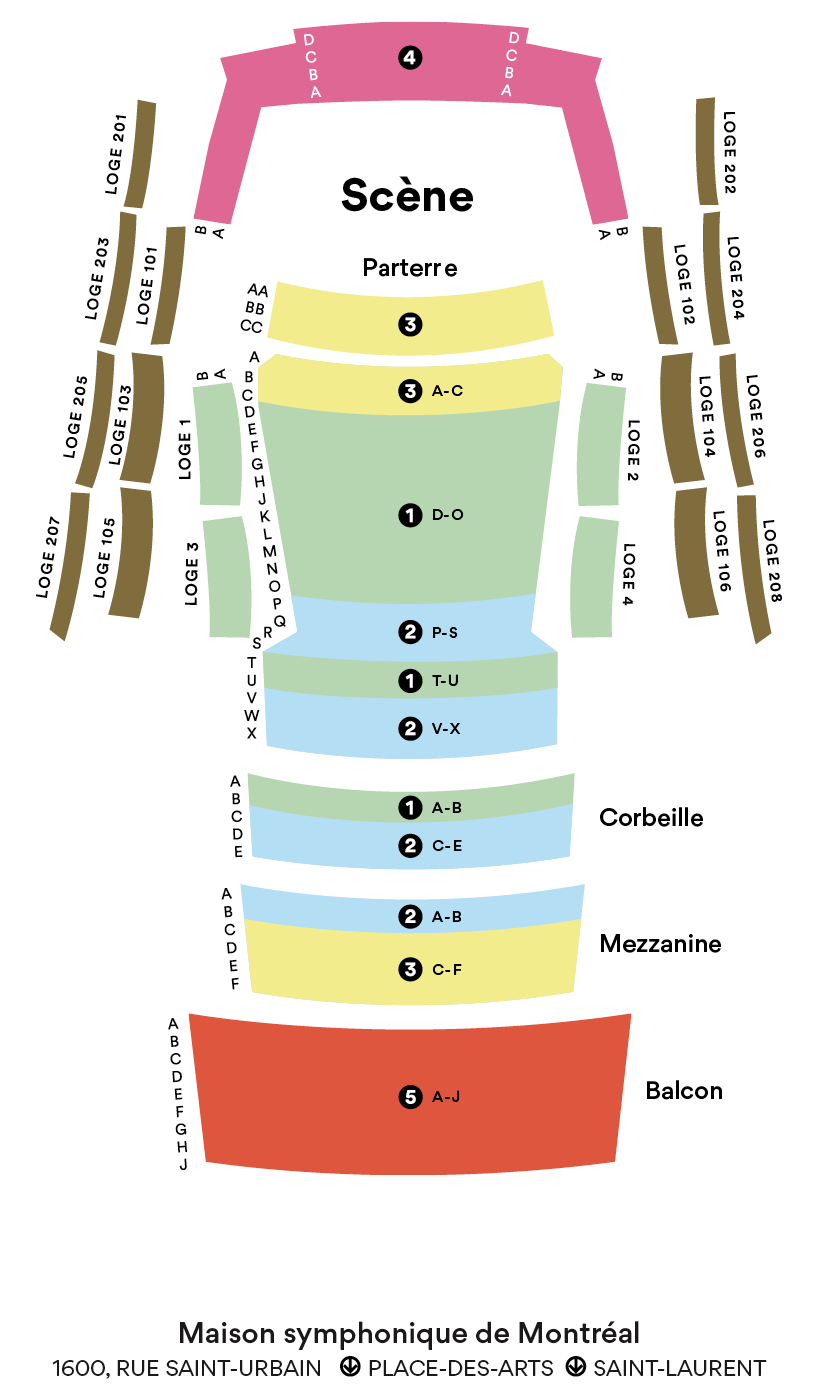Danzón No. 2
Márquez
1950 –
Arturo Márquez, one of the most eminent Mexican composers, discovered music through his father, a mariachi player, and his grandfather, a traditional musician. This early exposure to various musical styles would influence his future works. From the age of 16, while also studying piano, violin, tuba and trombone, Márquez began to compose. Following studies at Mexico’s Conservatorio Nacional de Música with, among others, Federico Ibarra and Joaquín Gutiérrez, Márquez became a student of composer Jacques Castérède in Paris. He subsequently enrolled in the University of California, where he obtained a master’s degree in composition. Márquez is a creator of orchestral works, chamber music, choral music and film scores. Between 1990 and 2004, he composed eight danzones for various instrumental formations, integrating popular-style music with more formal contemporary writing. One of the most famous is the Danzón No. 2.
Evolved from the Cuban habanera, danzones are a dance that has been performed in Mexico’s Veracruz region since the 1800s. Márquez’s Danzón No. 2 takes up the melodic, rhythmic and harmonic features of the traditional dánzon and retains its rondo form. Alternating lyric sequences with colourful and pulsating interventions from the orchestra, the work begins with a sensuous melody played on the clarinet, discreetly accompanied by the claves, piano and pizzicato strings. Sustained by the claves’ obsessive beat, the music gradually builds until it pulls the entire orchestra into an irresistible whirlwind, a kind of apotheosis of the dance.
© 2022 Florence Leyssieux
Translation by Craig Schweickert
